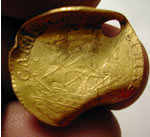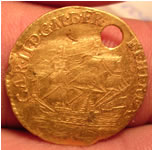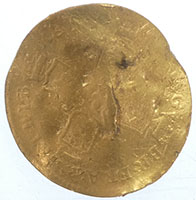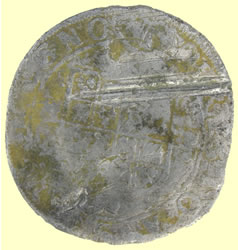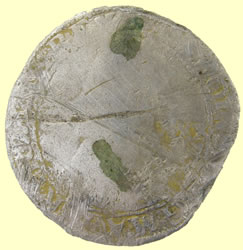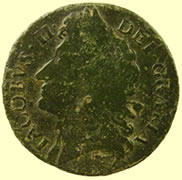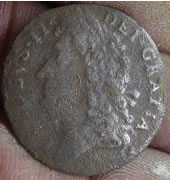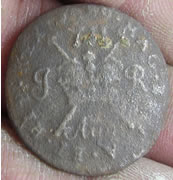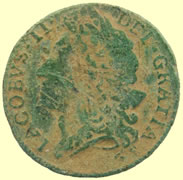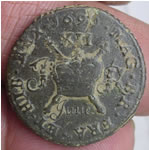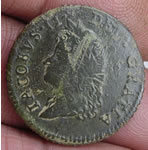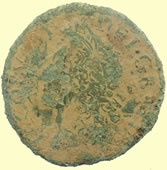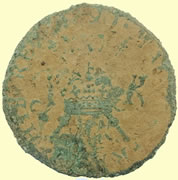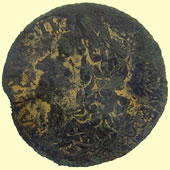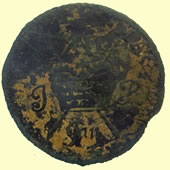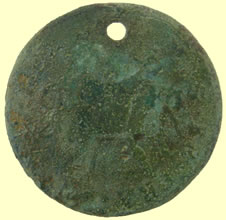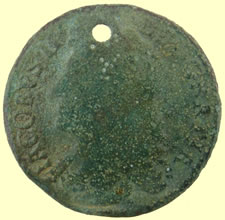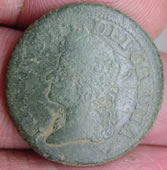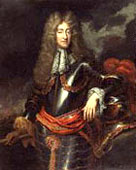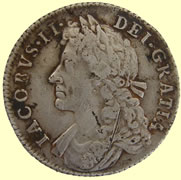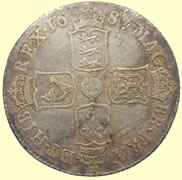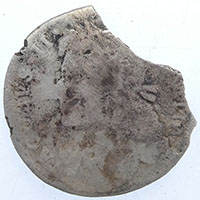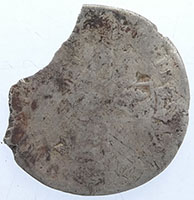

Metal detecting holidays in England with the World's most successful metal detecting club.20 years plus.
Twinned with Midwest Historical Research Society USA.
Charles II 1660-1685
Copper half pennies and farthings
Beauty 17thC silver seal matrix - Charles II marriage symbol
|
After the defeat of the Royalist forces Charles went into exile to the Isles of Scilly. Later he lived in Jersey and France. In 1649 Charles was proclaimed king of Scotland. He arrived in Edinburgh but after military defeats at Dunbar and Worcester, he was forced to flee to France. On 3 September 1658, Oliver Cromwell died. A few months previously, Cromwell had announced that he wanted his son, Richard Cromwell, to replace him as Lord Protector of the Commonwealth. The English army was unhappy with this decision. While they respected Oliver as a skillful military commander, Richard was just a country farmer. In May 1659, the generals forced Richard to retire from government. Parliament and the leaders of the army now began arguing amongst themselves about how England should be ruled. General George Monk, the officer in charge of the English army based in Scotland, decided to take action, and in 1660 he marched his army to London. When Monck arrived he reinstated the House of Lords and the Parliament of 1640. Royalists were now in control of Parliament. Monck now contacted Charles, who was living in Holland. Charles agreed that if he was made king he would pardon all members of the parliamentary army and would continue with the Commonwealth's policy of religious toleration. Charles also accepted that he would share power with Parliament and would not rule as an 'absolute' monarch as his father had tried to do in the 1630s. This information was passed to Parliament and it was eventually agreed to abolish the Commonwealth and bring back the monarchy. Parliament raised nearly £1 million and with this money soldiers in the army were paid off and sent home. At the same time Charles was granted permission to form two permanent regiments for himself, the Royal Scots and the Coldstream Guards. As a reward for his action, General George Monck became one of the king's most important ministers. Many of the men who had fought as Cavaliers against the Roundheads also became ministers and advisers. Some of these men wanted revenge against those who had killed their king. A large number of the people responsible were now dead. However, many of those who were still alive were punished. Eleven members of the House of Commons who had signed Charles I's death warrant were hanged, drawn and quartered. Royalists even dug up the body of Oliver Cromwell and displayed it at Tyburn. |
Charles II Gold Touch-Piece. Touched by Charles II himself at a Touching Ceremony. Presented to a loyal subject by Charles II 1660- 1685. Worn around the neck for healing purposes CARMD.G.M.ER EF.HI.REX on the ship side GLORIA .SOLI .DEO George and the dragon
1672-84 Charles II milled gold half guinea- 2nd bust - 3.72g, 21.38mm
Monster silver find - our first ever large denomination Charles II silver coin 1660-85 - Charles II milled silver half crown (30 pence) 3rd issue |
|
One pence |
|
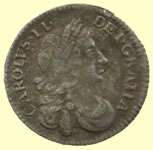 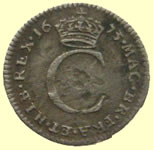 |
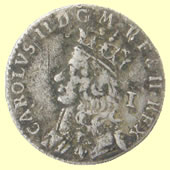 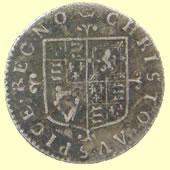 |
| 1675 Charles II milled silver penny | 1660 Charles II milled silver penny |
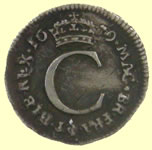  |
  |
| 1670 Charles II milled silver penny | 1663 Charles II milled silver penny - 2nd issue- bust to edge of coin (machine made single arched crown) |
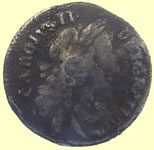 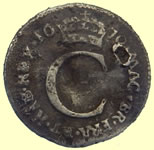 |
 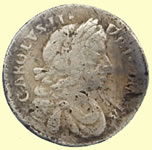 |
| 1679 Charles II milled silver penny | 1674 Charles II milled silver one pence |
 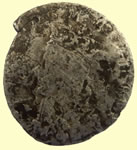 |
 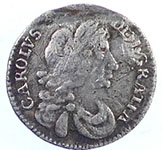 |
| Early 1660- 2 Charles II milled silver penny - this legend CAROLVS.II.D.G - Crown mint mark | 1673 Charles II milled silver one pence |
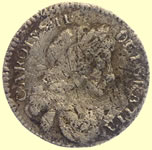 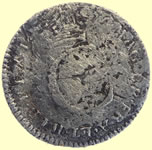 |
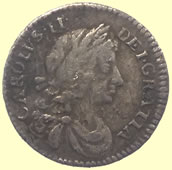 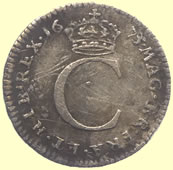 |
| 1679 Charles II milled silver penny | 1675 Charles II milled silver penny |
  |
  |
| 1670 Charles II milled silver penny | 1670 Charles II milled silver one pence |
 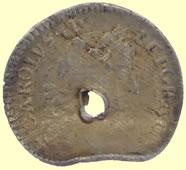 |
  |
| 1675 Charles II milled silver one pence | 1660 Charles II milled silver penny |
Two pence - half groat |
|
  |
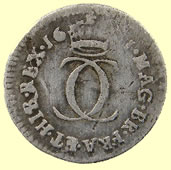 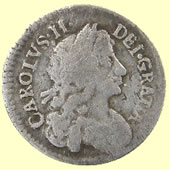 |
| 1660 -2 Charles II milled silver half groat - this legend CAROLVS.II.D.G | 1671 Charles 1st milled silver 2 pence |
 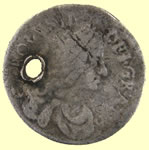 |
 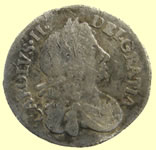 |
| 1681 Charles II milled silver 2 pence | 1677 Charles II milled silver 2 pence |
 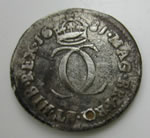 |
 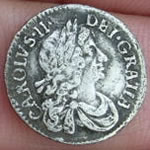 |
| 1681 Charles II milled silver 2 pence | 1679 Charles II milled silver 2 pence |
 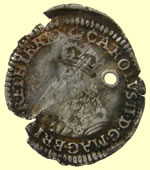 |
  |
| 1660 -2 Charles II milled silver half groat - this legend CAROLVS.II.D.G | 1681 Charles II milled silver 2 pence |
  |
  |
| 1660-85 milled silver Charles II milled silver half groat - 2nd Issue mint mark Crown on rev only - without inner circles | 1679 Charles II milled silver half groat (2 pence) |
  |
  |
1662 Charles II milled silver half groat Undated issue |
1662 Charles II milled silver half groat - love token Undated issue |
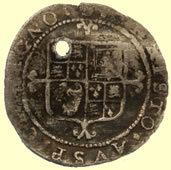 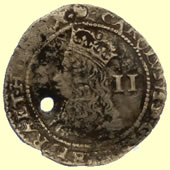 |
  |
1660-2 Charles II hammered silver half groat - Crown mint mark Third issue - inner circles both sides |
1678 Charles II milled silver two pence |
 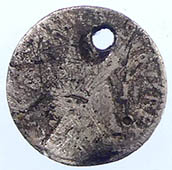 |
  |
| 1660 Charles II hammered silver half groat | 1660 -2 Charles II milled silver half groat |
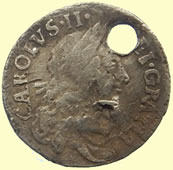 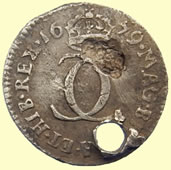 |
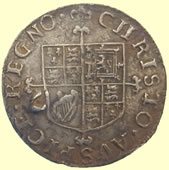 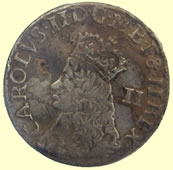 |
| 1679 Charles II milled silver two pence | Early 1660 -2 Charles II milled silver half groat - this legend CAROLVS.II.D.G |
  |
  |
| 1677 Charles II milled silver two pence | 1685 Charles II milled silver two pence |
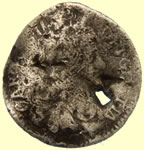  |
  |
| 1670 Charles II milled silver two pence | 1660 -2 Charles II milled silver half groat - this legend CAROLVS.II.D.G |
  |
  |
| 1678 Charles II milled silver two pence | 1679 Charles II milled silver two pence |
  |
  |
| 1670 Charles II milled silver two pence | 1672 Charles II milled silver two pence |
  |
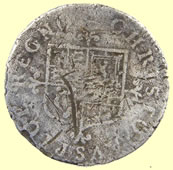  |
| 1679 Charles II milled silver two pence | 1660-85 milled silver Charles II milled silver half groat - 2nd Issue mint mark Crown on rev only - without inner circles |
  |
|
| 1660's Charles II milled silver half groat | |
Three pence |
|
  |
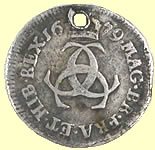  |
| 1679 Charles II milled silver three pence | 1679 Charles II milled silver 3 pence |
  |
  |
| 1679 Charles II milled silver 3 pence | 1679 Charles II milled silver 3 pence |
  |
 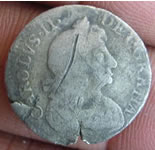 |
| 1664 Charles II milled silver 3 pence | 1682 Charles II milled silver 3 pence |
  |
  |
| 1675 Charles II milled silver 3 pence | 1679 Charles II milled silver 3 pence |
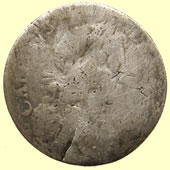  |
  |
| 1680 Charles II milled silver 3 pence | 1679 Charles II milled silver three pence |
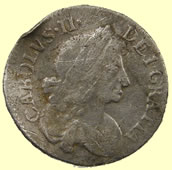 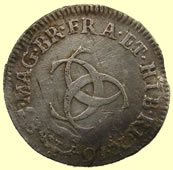 |
  |
| 1683 Charles II milled silver 3 pence | 1680 Charles II milled silver three pence |
  |
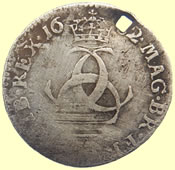 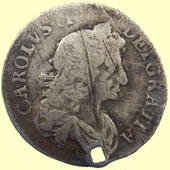 |
| 1679 Charles II milled silver three pence | 1680 Charles II milled silver three pence |
  |
 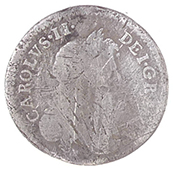 |
| 1679 Charles II milled silver three pence | 1671 Charles II milled silver three pence |
 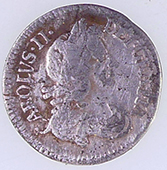 |
|
| 1679 Charles II milled silver three pence | |
Four pence |
|
  |
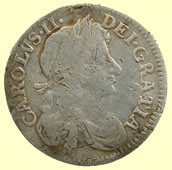  |
| 1679 Charles II milled silver 4 pence | 1684 Charles II milled silver 4 pence |
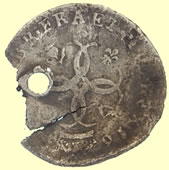 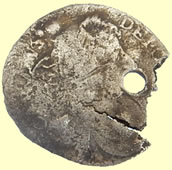 |
  |
| 1670's Charles II milled silver 4 pence | 1679 Charles II milled silver 4 pence |
 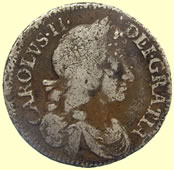 |
  |
| 1682 Charles II milled silver four pence | 1679 Charles II milled silver four pence |
  |
  |
| 1680 Charles II milled silver four pence | 1679 Charles II milled silver four pence |
 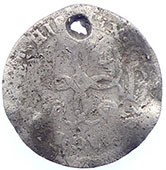 |
  |
| 1679 Charles II milled silver four pence | 1680 Charles II milled silver four pence |
Six pence |
|
  |
  |
| Charles II 1676 milled silver Sixpence | 1660-1685 Charles II milled silver sixpence |
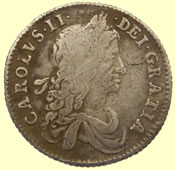 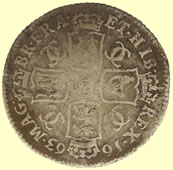 |
  |
| Charles II 1663 milled silver Sixpence | Charles II 1663 milled silver Sixpence |
12 pence (shilling) |
|
  |
  |
| 1660-85 milled silver shilling (12 pence) | 1668 milled silver shilling |
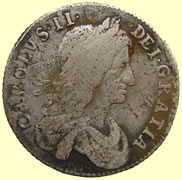 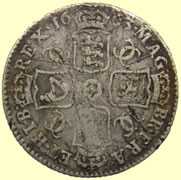 |
  |
| 1663 Charles II shilling 12 pence | 1663 Charles II hammered silver shilling (12 pence) |
  |
  |
| 1663 Charles II milled silver shilling | 1679 Charles II milled silver shilling |
James II gunmetal coinage - shillings (12 pence)
Tin coinageJames II 1685 -1688 |
|
|
|
1685 to 1687 James II shillings - 12 pence |
|
Four pence |
|
 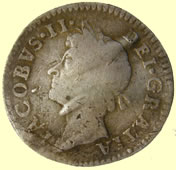 |
  |
| 1687 milled silver 4 pence | 1687 James II milled silver four pence |
Three pence |
|
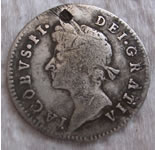  |
  |
| 1688 milled silver 3 pence | 1686 milled silver 3 pence |
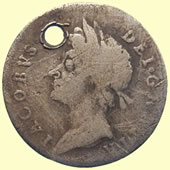 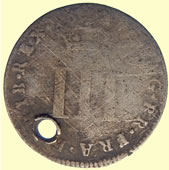 |
  |
| 1687 James II milled silver three pence | 1687 James II milled silver three pence |
  |
  |
| 1687 milled silver 3 pence | 1688 milled silver 2 pence |
  |
|
| 1689 James II milled silver three pence | |
Two pence |
|
 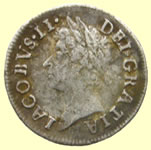 |
  |
| 1686 milled silver 2 pence | 1687 milled silver 2 pence |
  |
|
| 1687 milled silver 2 pence | |
One pence |
|
  |
 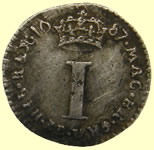 |
| 1687 silver one pence | 1687 James II milled silver one pence |
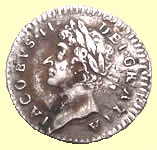 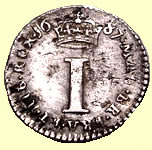 |
|
| 1687 James II milled silver one pence | |
 |
|







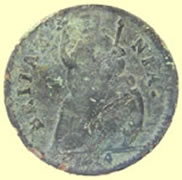



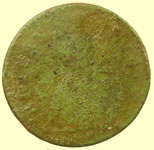
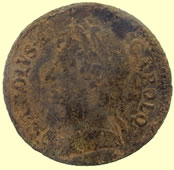
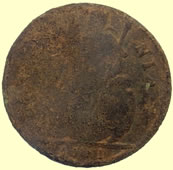




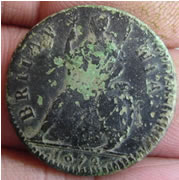

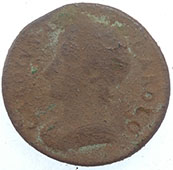
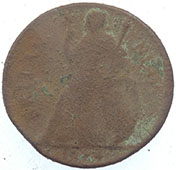
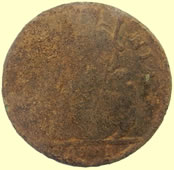
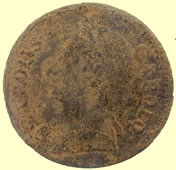








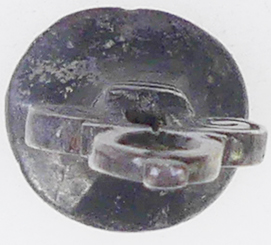
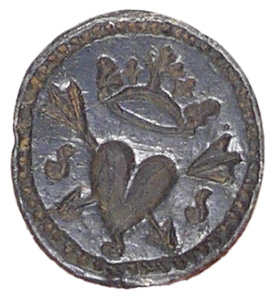
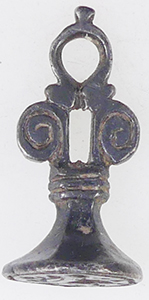
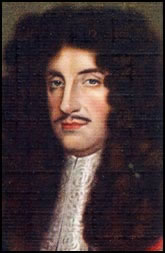 Charles, the son of Charles I and Henrietta Maria, was born in 1630. As Prince of Wales during the Civil War Charles was placed in charge of the west of England and took part in the Battle of Edgehill in 1642.
Charles, the son of Charles I and Henrietta Maria, was born in 1630. As Prince of Wales during the Civil War Charles was placed in charge of the west of England and took part in the Battle of Edgehill in 1642. 
